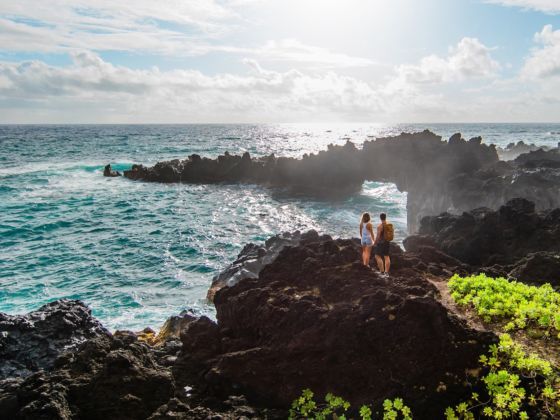Maui deserves to be the central focus of your Hawaii trip. Unreal beaches and winding, cliffside roads — with farm-to-table fare around every serpentine corner — fringe the coasts, while a unique and storied culture runs through the heart of the isle, with age-old customs still practiced to this day.
Less mainstream than Oahu yet with plenty of tourist amenities should you need them, Maui strikes a balance that everyone from solo adventurers to honeymooners to families with young kids can appreciate. There are five regions to explore — West, Central, South, East, and Upcountry — each with a distinct regional vibe. Wherever you wind up, here are nine tips for an awesome trip.
1. Practice malama aina.
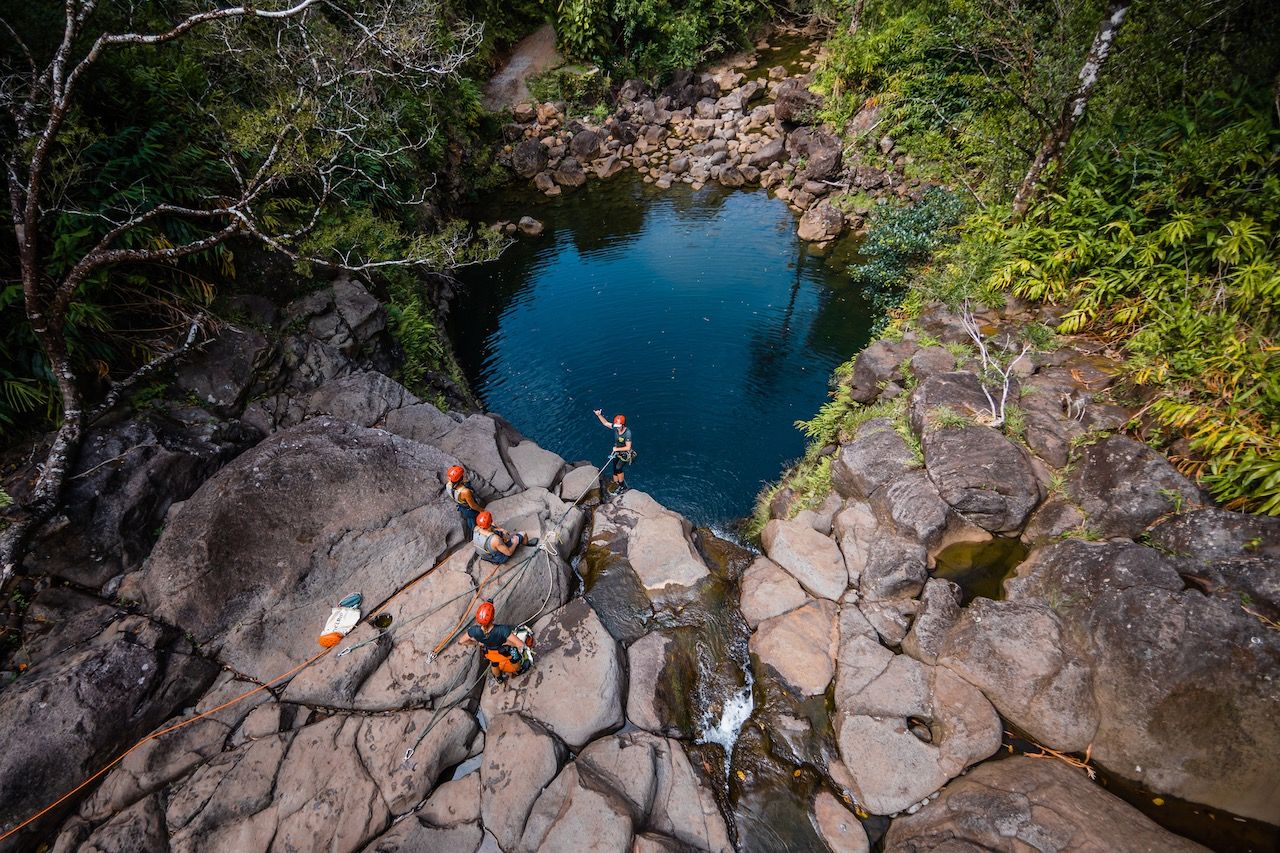
Photo: Tommy Lundberg/Hawaii Tourism Authority
The verb malama describes the core of Hawaiian culture: accepting one’s responsibility to both other people and nature. It’s at the heart of everything on the islands, from business practices to land use policies. When you’re here, keep in mind that you’re a guest on Hawaiian land, and the best way to honor your hosts is by enjoying local food, asking questions, listening to stories, and treating those around you with kindness.
Aina means land — so to practice malama aina is to be a steward of the island (and yes, that includes not just the land but the ocean as well!). Think of Maui as one giant national park: The only traces you should leave are your footprints. Respect for the environment is respect for the people who live here, which in turn is respect for the spirit of malama aina.
2. Be smart about where you stay and how you get around.
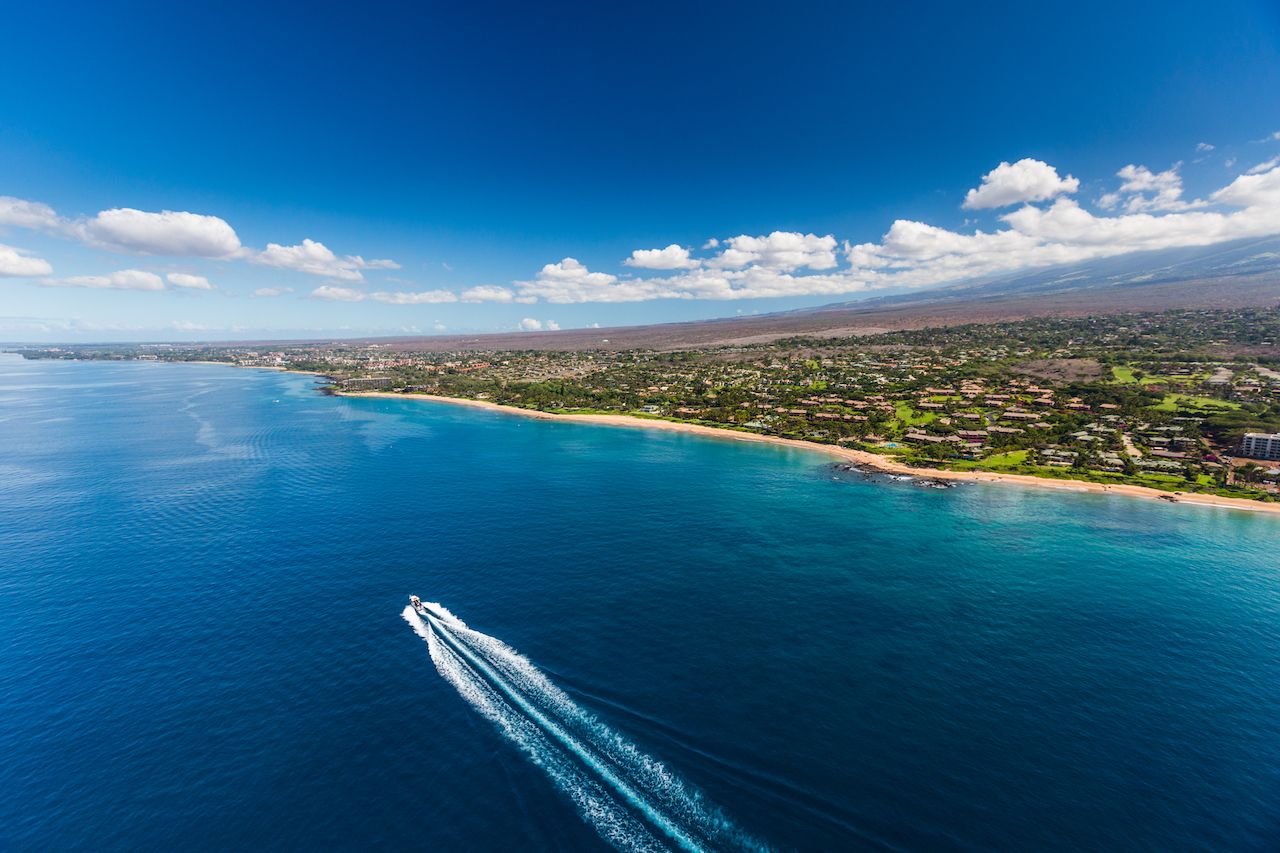
Photo: Tor Johnson/Hawaii Tourism Authority
Most of Maui’s major resorts and hotels sit on the western and southern shore in Kapalua, Kaanapali, Lahaina, and Wailea. These offer all-inclusive stays, beachside access, and luaus. For a more intimate local experience, rent a vacation property in a small town. Just be aware of scams — if a deal seems too good to be true, it probably is. You can easily get to bottom of things in a few minutes of internet research.
While hotels in resort areas like Kaanapali sometimes offer complimentary transfer services from the airport, your best bet is to rent a car (you can do this at the Kahului and Kapalua airports). Without your own wheels, you’ll be beholden to taxis, city buses, hotel shuttles, or tour buses. To guarantee a vehicle, reserve in advance.
When on the road, remember to follow aloha traffic customs: Drive slowly, let the locals pass, never tailgate or park on the road (especially on the snaking Hana Highway), and always stop for snacks at the fruit stands.
3. Prepare to chill…and be chilled.
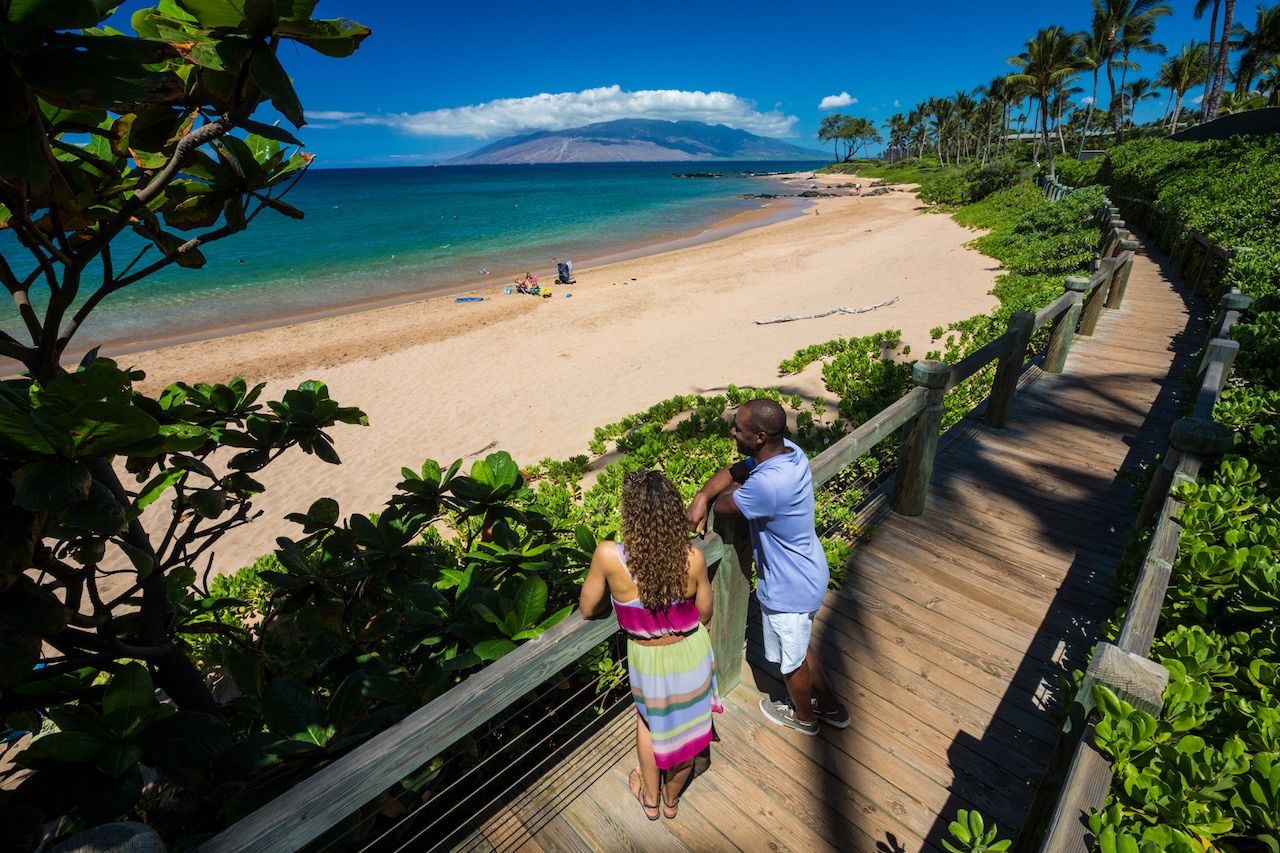
Photo: Tor Johnson/Hawaii Tourism Authority
Leave your suit and tie behind for this trip — Maui’s laid-back culture rarely calls for formal wear. Opt for sandals, light dresses, and linen shirts when you’re heading out on the town.
However, you may need outerwear: A light jacket or sweater will help ward off the wind in the evenings, and you’ll want a heavier jacket (and/or a raincoat or windbreaker) if you’re planning on visiting Haleakala National Park. Pack some sturdy closed-toe shoes for this part of the trip, too.
4. If you climb Haleakala for sunrise, make sure to stick around.
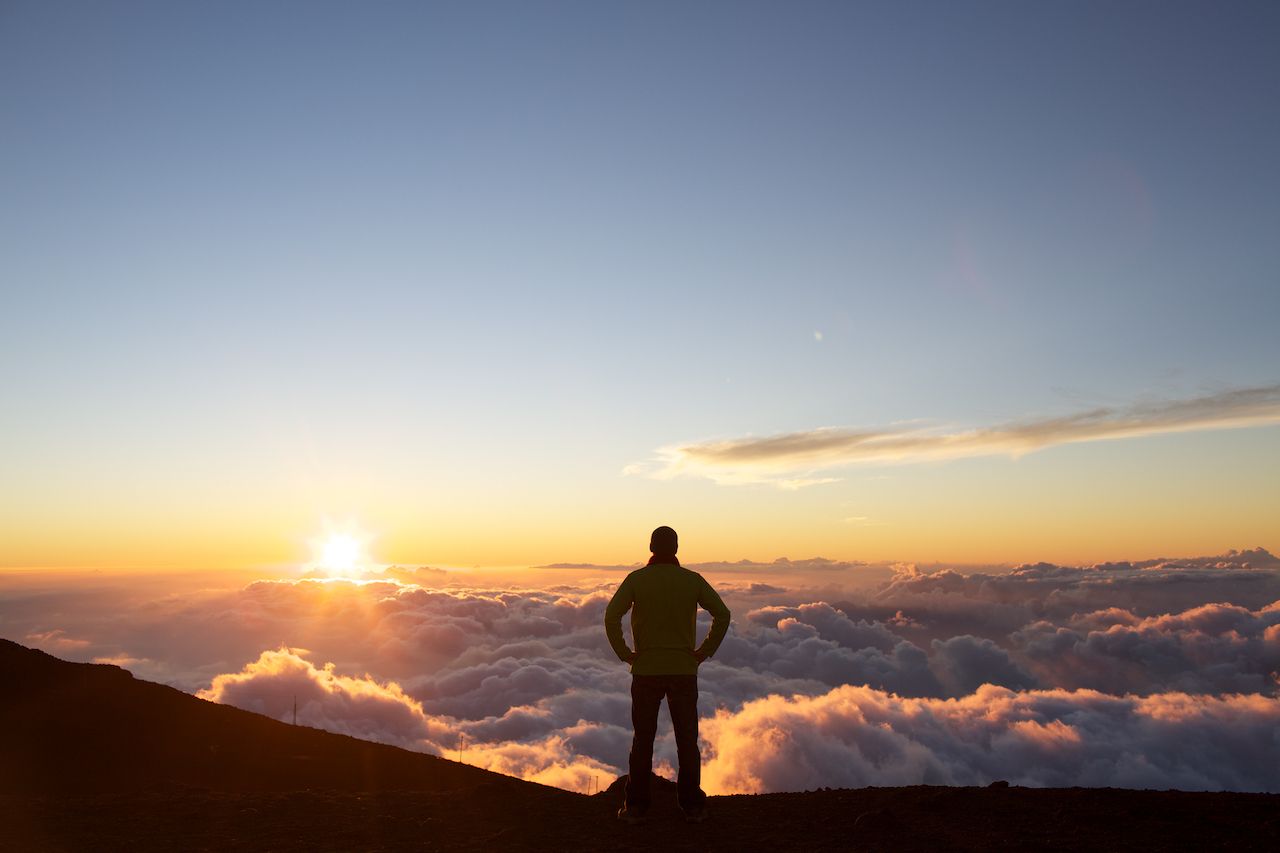
Photo: Max Wagner/Hawaii Tourism Authority
While a trip up to the summit of Haleakala volcano — Hawaii’s third highest at 10,023 feet — is beautiful any time of day, sunrise is the Instagram-famous stunner. To secure a spot, you’ll need a reservation (up to 60 days in advance) and an alarm clock. It can easily take two hours to get up there, you’ll want to arrive before dawn, and sunrise always happens before 7am.
Those who come for sunrise often make two mistakes: wearing shorts and leaving soon after. It can be 30 degrees colder at the summit than at sea level, and Haleakala doesn’t quit after sunrise. The hiking, sunset watching, and stargazing opportunities are life-alteringly impressive, too.
Tip: Consider tacking on a visit to MauiWine, a 45-minute drive to the southwest. Try the Maui Blanc, made from hand-picked pineapples.
5. Don’t miss the drive along the Hana Highway…
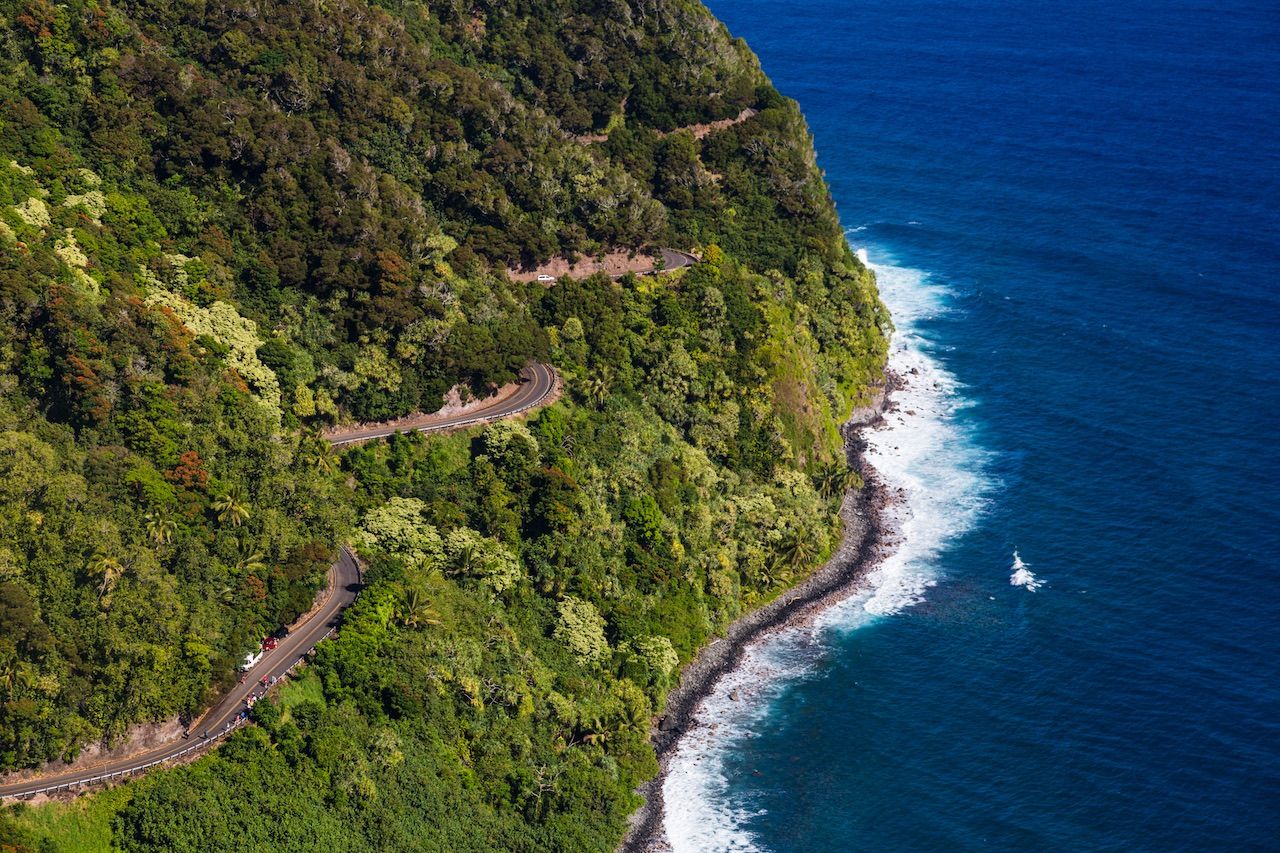
Photo: Tor Johnson/Hawaii Tourism Authority
The Hana Highway, which winds for 52 miles along the island’s northern coast, holds every element of an iconic Maui road trip: narrow bridges, cliffside views, food stands, and more than 600 white-knuckle, hairpin turns.
It can take anywhere from two hours to a full day to drive its length, depending on how often you stop for photos and snacks. Start in Kahului in Central Maui and head east until you reach Hana, a small coastal town with a loose relationship with time and a true aloha way of life.
6. …but adhere to the “Road to Hana Code of Conduct.”
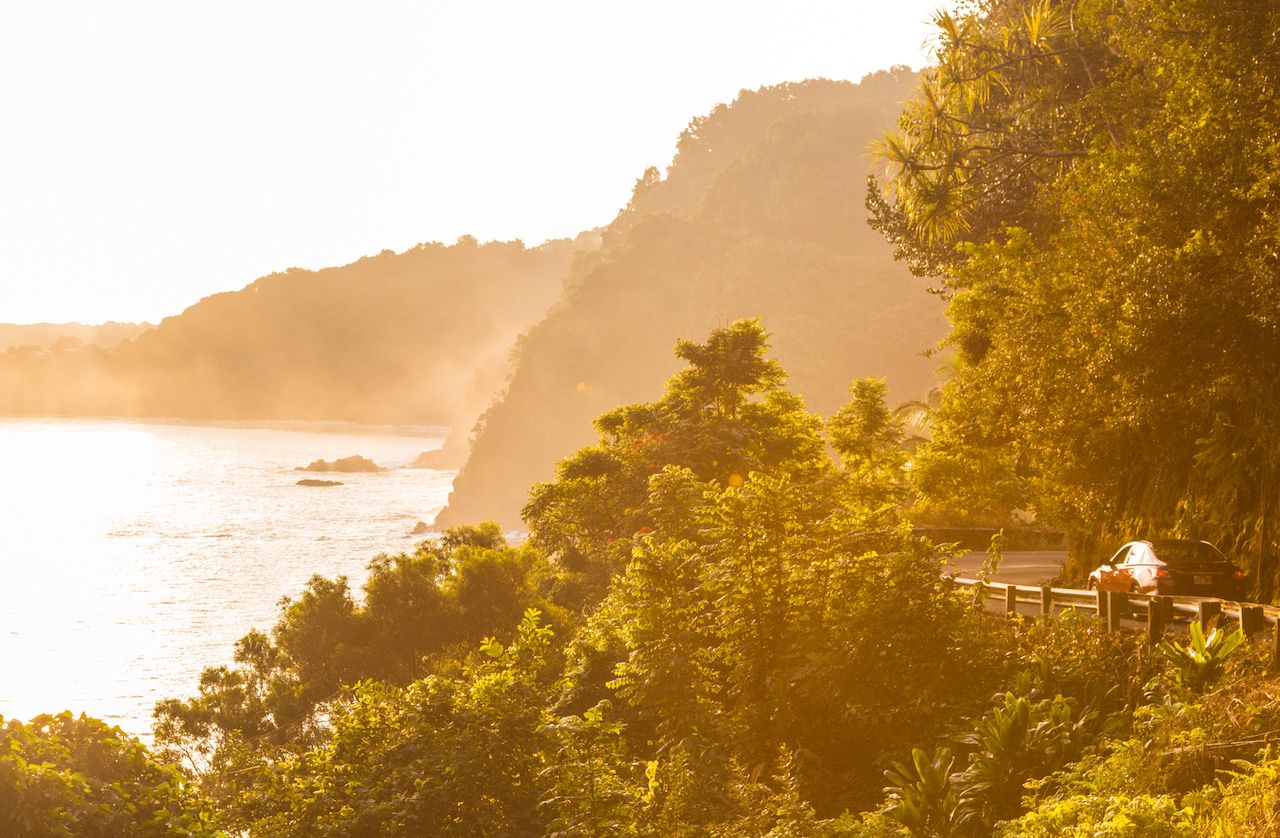
Photo: Tor Johnson/Hawaii Tourism Authority
With those aforementioned narrow bridges, blind curves, and plenty of reasons to stop, the Hana Highway requires that drivers be smart and aware. Though the full list is longer, here are some of the key points from the Code of Conduct:
- Yield to oncoming traffic at bridges.
- Make sure you’re not blocking traffic if you stop for photos. Any cars stopped on the highway are subject to towing.
- If cars are building up behind you, find a pullout and let them pass.
- Use state parks, fruit farms, and rest facilities for breaks.
- Don’t leave anything behind, especially litter.
- Dust and decontaminate your gear before entering East Maui from West Maui and vice versa (to deter invasive species).
And, finally, take it easy on the drive. You’re here to enjoy yourself.
7. Be willing to ask permission.
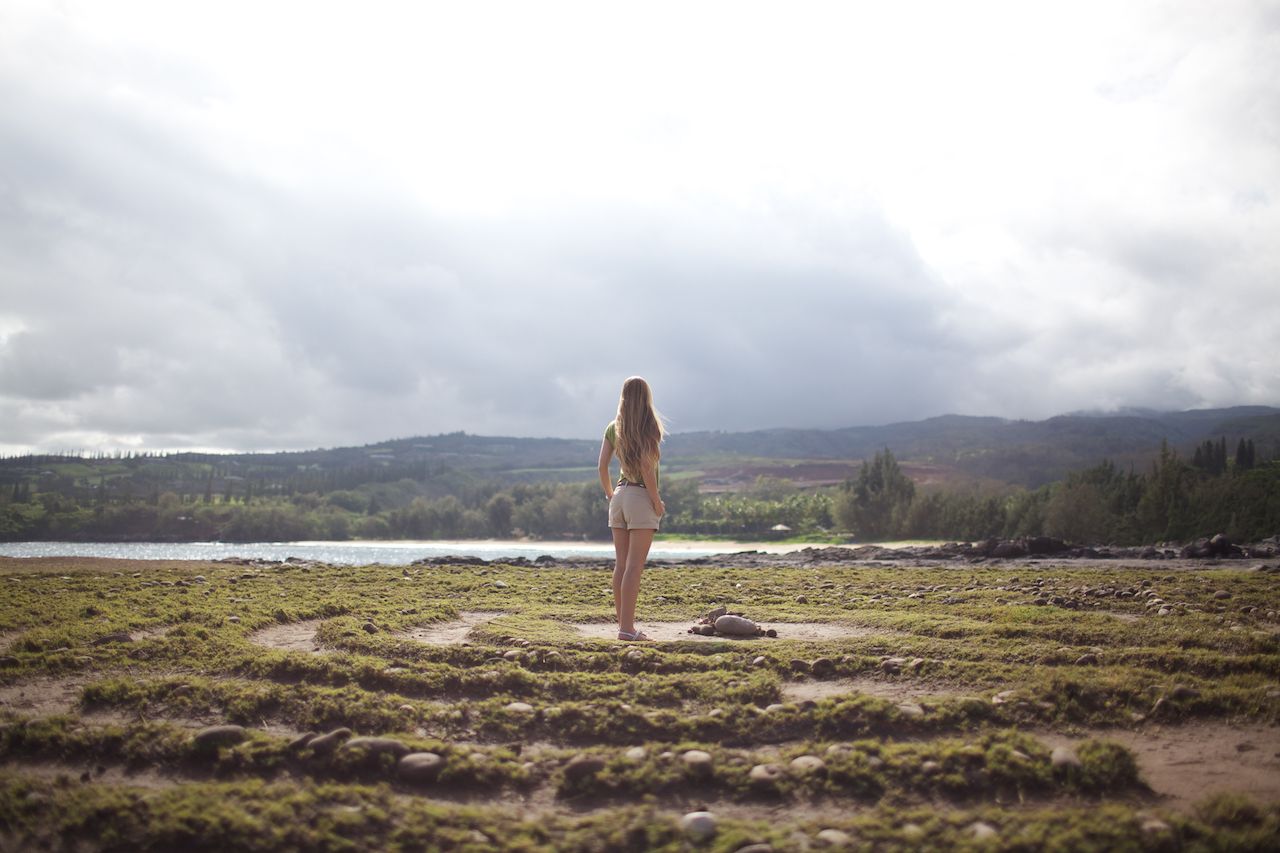
Photo: Max Wagner/Hawaii Tourism Authority
One of Hawaii’s long-standing customs is oli, or the idea of asking permission. Do this, and doors will open to you. It’s a customary sign of respect, humility, and appreciation.
While you may not be chanting an oli to the forests, you should ask your guide where it’s appropriate to wander off-trail. Ask a local if that nearby postcard-perfect waterfall is on public land. If it’s not, ask if the owners are amenable to visitors. Do strike up conversations with islanders — many will open up their homes, or at least their local knowledge, to you if you politely ask.
8. Eat local, and definitely visit the farm stands.
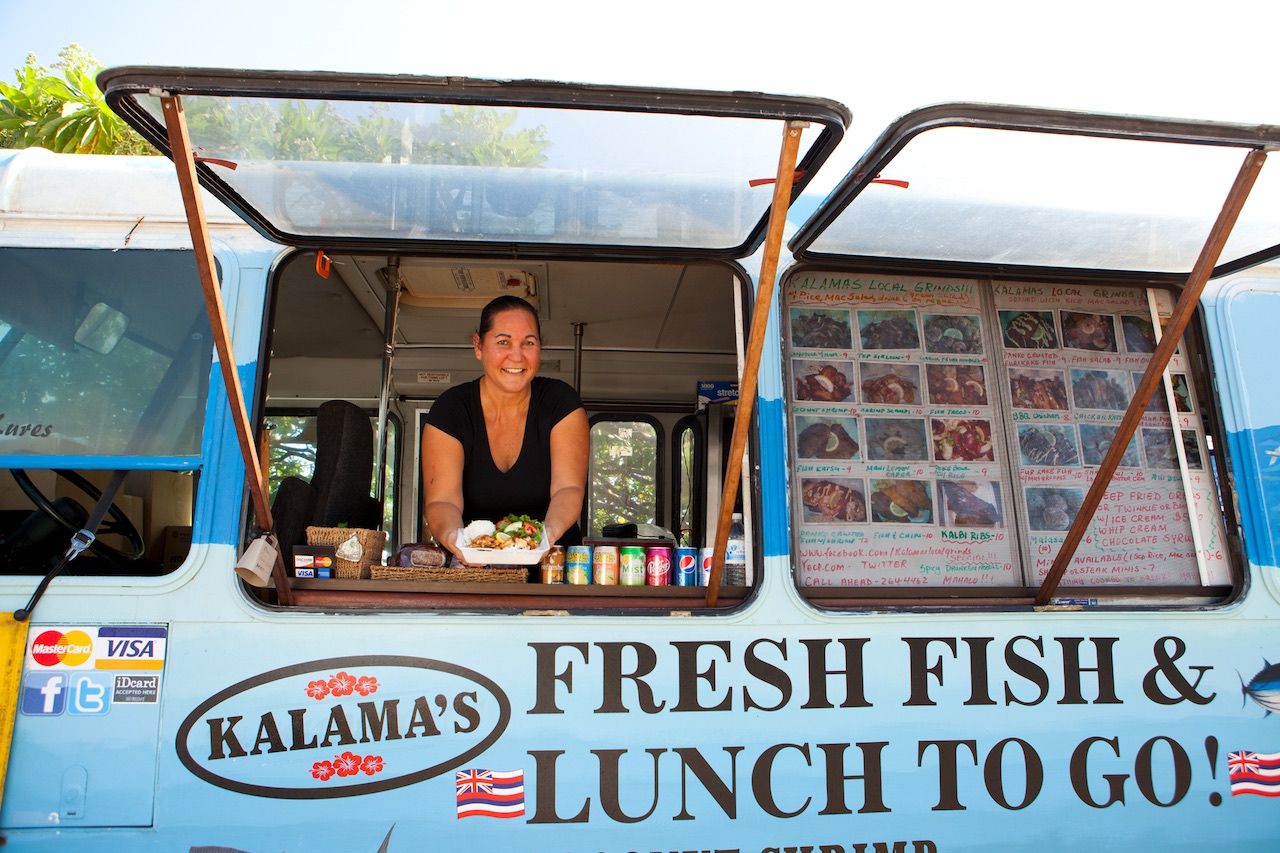
Photo: Dana Edmunds/Hawaii Tourism Authority
Chow down on hamburgers made with hyper-local beef and feast on haupia, a coconut-milk dessert. Maui’s heritage — traditional roots blended with years of Asian and mainland US influence — means you can get everything from the day’s spearfished catch at Lahaina Grill to authentic Japanese sushi at Sansei Seafood Restaurant & Sushi Bar. (Looking for ocean views while you dine? Try Mama’s Fish House.)
Regardless of the cuisine, Hawaiian cooking is united by some common tenets: the use of high-quality, local ingredients and sharing generously. There’s a word for this way of eating: kuleana, the responsibility to only take what you need and serve it with love.
Of course, sometimes you have to head outside the dining room to get the freshest produce. Roadside stands, especially along the Hana Highway, are hands-down the best place to get your paws on papaya, mango, pineapple, and coconut.
9. Remember that no two beaches are the same.

Photo: Tor Johnson/Hawaii Tourism Authority
You don’t have to be a surfer to enjoy the massive winter waves of Honolua Bay, as the bluffs above the bay offer an excellent vantage point for you to hang-ten vicariously. The same goes for Hookipa Beach, the “windsurfing capital of the world,” with constant east-facing trade winds making it a playground for pros.
For Maui’s famed black sand, you’ll want to head to Waianapanapa State Park on the east shore. It’s ideal for families, with excellent camping facilities, safe swimming spots, and freshwater pools to explore.
Kihei, in the southwest, is best for beachcombing and whale watching, thanks to its proximity to the main humpback migration route (visit from October to April to catch a glimpse). Kealia Pond National Wildlife Refuge, at the north end of this region, is a prime destination for bird watchers on the lookout for endangered Hawaiian stilts and coots.
And Although most of Maui’s beaches are great for snorkeling, Molokini — a small, crescent-moon-shaped island just three miles off the coast — is far and away the leading site for diving into the island’s moving kaleidoscope of tropical fish, like butterflyfish and unicornfish. It’s like a microcosm of Maui itself: so many worlds to explore.

